| Overview: Are you prepared to take on the challenge of OceanQuest? You are expected to be an active participant in helping to build a valuable resource database for a unique sensitive environment.
The basic starting resources you will use come from www.racerocks.ca but our vision for the future is that you may actively develop a set of internet resources for your own unique ecological area. |
| Link to The OceanQuest GIS With Curriculum Guide NOTE: The link to the GIS which ran on an outside server arranged by the Open School has been discontinued.. The other curruculum materials are still valid however on this site. |
| Topic 1 : BIODIVERSITY |
Some of the following files from www. racerocks.ca were used in the building of the OCEANQUEST website.
|
Lesson: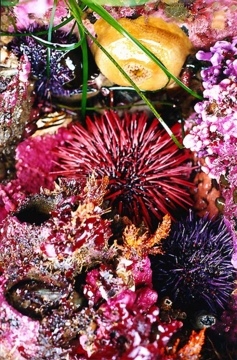 |
1. Structure and Function of Ecosystems : How can we model ecosystems in order to understand how they work ? Student Activities: Objectives: Procedure : |
| 1. Introduction |
|
2. Horizontal distribution
|
|
3. Vertical Distribution
|
|
| 4. Biotic Components List of birds and mammals most frequently observed from the remote camera 5. |
|
| 5. Rare and Endangered Species |
|
6. Coastal Classification System
|
|
| 7. Abiotic Components (Topic 2 below) |
|
8. Ecosystem Function
|
|
| 9. Biogeochemical cycles | |
| 10. Extension..Other ecosystems– structure and function. |
| Lesson: |
2. Why not Adopt an Ecosystem? |
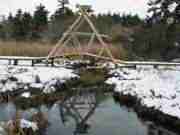 |
Use the internet as a means to get groups to collaborate to provide an educational resource while ensuring the stewardship of their own local ecological resources. |
| Objectives: Procedure: 1. Identify the area 2. Establish goals and time lines 3. Establish a baseline inventory 4. Class project to provide a taxonomy 5. Use technology to document the area 6. Monitor for Structure and Function: (See topic 1.) 7. Submit site for inclusion in GIS 8. Obtain tiff-referenced aerial photography 9. Assemble a web-site to carry the information. 10. Create a list of the Ecosystem Services and Natural Capital of the area. 11.Set up a weather monitoring Station. |
| TOPIC 2: ABIOTIC FACTORS | |
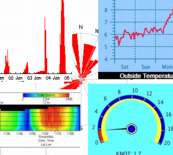 Lessons: Lessons: |
1. Selected Abiotic Factors (such as Barometric Pressure) :
The effects of physical factors on the life of an ecosystem is often taken for granted. Here we give you the chance to investigate some of the unique ways that organisms have evolved in order to adapt to the physical conditions of their environments. |
| Objectives: Procedure: |
|
| 1.Introduction 2. Wind Speed and Direction 3. Barometric Pressure 4. Lightning 5. Change through time: Salinity and Temperature. |
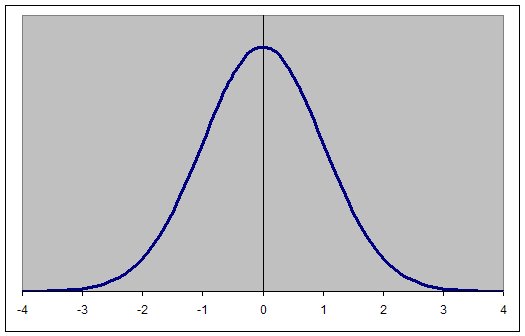 |
2. Limiting Factors and the Ecological Niche |
| Objectives: Procedure: |
|
| 1. Introduction 2. GIS activity 3. and 4and 5. Contrast limiting factors in two closely related species. 6. Natural Selection 7. The Ecological Niche as determined by limiting factors 8. Adaptation: A classic study of limiting factors: The Bumpus sparrows. 9. Extension: Central Tendency and Variability. |
| Topic 3 : ANIMAL BEHAVIOUR |
|
Lessons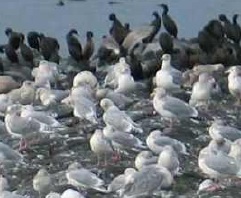 |
1. Population Monitoring: |
| An activity which allows you to contribute to a scientific database for the census of animals Objectives: Procedure: |
|
| 1. Census of the populations, and the use of the dichotomous key. 2. Race Rocks population numbers and sector designations. 3. Weather correlation to population levels. |
| 2. The Ethology Assignment: | |
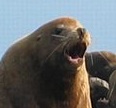 |
An activity that may allow you to look at the behaviours of animals in a new way Objectives: Procedure |
| 1. Preliminary Observation. 2. Collecting Data.. The ethogram and the time budget. 3. Using the dichotomous key for identification. 4. Compiling the Ethogram 5. Preparing the Time Budget 6. Doing a report and submitting results to the GIS 7. Extension material |

